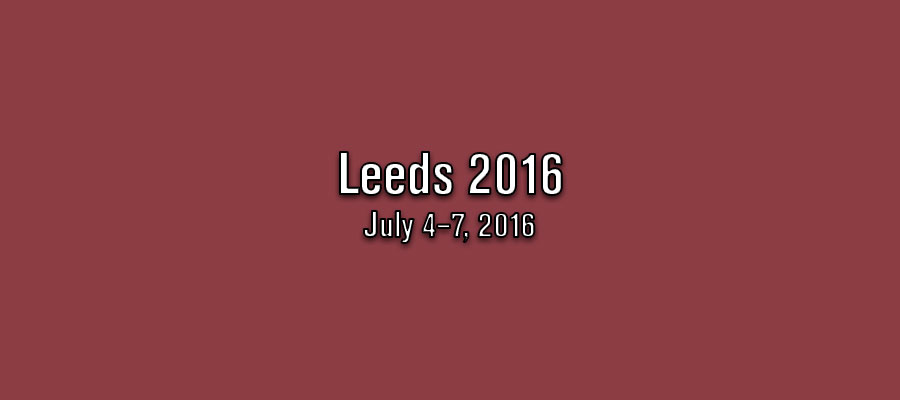Dividing and Collecting Corporeal Relics in Late Antiquity and Early Middle Ages, session at the 23rd International Medieval Congress, Leeds, July 4–7, 2016
The Cult of Saints is a major five-year research project, based at the University of Oxford, which is investigating the origins and development of the cult of saints in all cultural zones of ancient Christianity up to AD 700. At the forthcoming Medieval Congress in Leeds (4–7 July 2016) the project-team is organising one or two sessions on the practices of dividing the corporeal remains of saints and of collecting them. Both customs had their origin in Late Antiquity and developed in striking ways during the early Middle Ages, but they have more than that in common. Since collections often consisted of previously divided (or supposedly divided) bodily relics, the two customs were closely connected, and they were also discussed together in theological writings dealing with the cult of relics.
The organisers welcome submissions from specialists in archaeology, history, literature, patristics, and art history for papers discussing the origin and evolution of one or both phenomena, their technical, theological and polemical aspects, and, importantly, regional differences anywhere and everywhere from Persia to Ireland. Those interested in presenting papers at these sessions, particularly if focused on the period before c. AD 900, are requested to send title and short abstract (c. 100 words) to Bryan Ward-Perkins and Julia Smith by 20 September. Please, note that the project is unable to fund speakers’ expenses.
